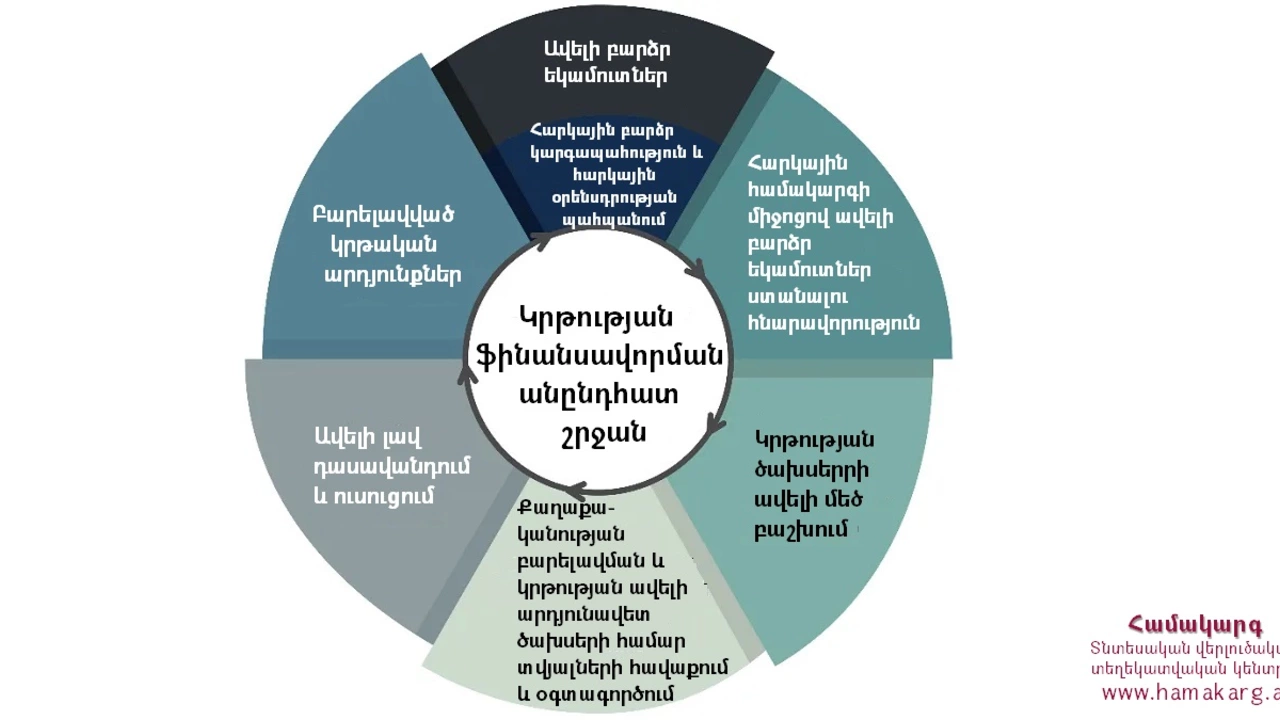Education Reform: What Works and What You Can Expect
Feeling stuck with outdated teaching methods? You’re not alone. Millions of students and teachers are calling for a shake‑up that actually improves learning. This guide breaks down the biggest pain points and shows you real‑world steps that can turn a broken system into a thriving one.
Why Reform Is Needed Right Now
The old playbook assumes every student learns the same way, but classrooms are anything but uniform. tech‑savvy kids, remote learners, and kids with special needs all need different supports. When curricula stay static, gaps widen, dropout rates rise, and teachers burn out. Recent surveys show that over 60% of educators feel current policies limit their ability to innovate. That’s a clear sign the system needs an upgrade.
Another driver is the jobs market. Employers today look for problem‑solvers, digital fluency, and collaboration skills – none of which are reliably taught in many traditional schools. Countries that have overhauled their curricula, like Finland and Singapore, consistently produce graduates who adapt quickly to new tech and work environments. Their secret? A focus on critical thinking over rote memorization.
Practical Steps for a Better System
1. Update the curriculum to be skill‑focused. Replace long lists of facts with project‑based units that ask students to research, design, and present. For example, a history unit could end with a digital storytelling project that blends research, writing, and tech skills.
2. Give teachers real autonomy. When teachers can choose resources and pacing, they respond faster to student needs. Schools that let teachers co‑design assessments see higher engagement and lower test anxiety.
3. Invest in teacher professional development. Short, hands‑on workshops on blended learning, inclusive instruction, or data‑driven feedback are more effective than one‑off, theory‑heavy seminars. Pair new teachers with mentors who model the reform practices you want to scale.
4. Leverage technology wisely. Use learning platforms that adapt to each student’s level instead of a one‑size‑fits‑all approach. The goal isn’t to replace teachers but to free up time for personalized coaching.
5. Involve the community. Parents, local businesses, and higher‑education partners can provide real‑world contexts for classroom projects. When students see how what they learn applies outside school, motivation spikes.
6. Measure what matters. Shift from high‑stakes exams to continuous feedback loops. Track competencies like collaboration, problem‑solving, and digital literacy, and use that data to fine‑tune instruction.
Implementing these steps doesn’t require a massive budget overnight. Start small: pilot a project‑based unit in one class, collect feedback, and expand when you see results. Each success builds momentum for larger policy changes.
Education reform isn’t a buzzword; it’s a lifeline for students, teachers, and the economy. By focusing on skill‑based learning, teacher empowerment, and real‑world connections, you can help create a system that prepares kids for the future, not just the past.

What is the best way to improve the educational system?
In my opinion, the best way to enhance the educational system is by focusing on personalized learning, integrating technology, encouraging critical thinking, and supporting teacher training. It's essential to tailor the curriculum to each student's unique learning style to keep them engaged and motivated. Using technology in the classroom can help make learning more interactive and fun. Meanwhile, fostering critical thinking skills can empower students to become independent learners. Lastly, regular training and development opportunities for teachers ensure they are updated with the latest teaching methods and tools.
Read More